How might we re-activate a 150-year-old train station as a community space?
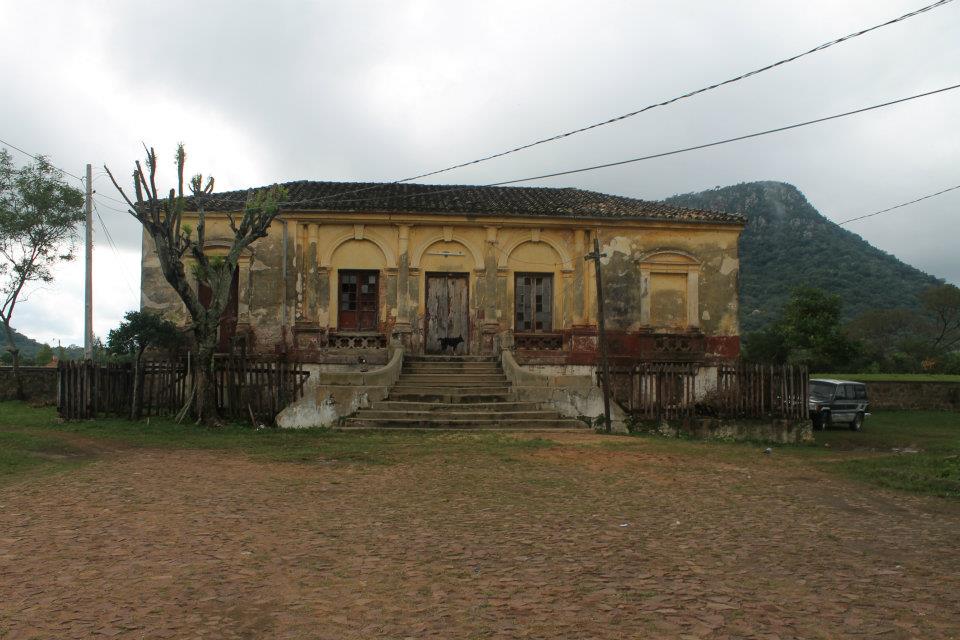
Challenge Context
Paraguayan youth lack training and job opportunities. With a public education system that consistently rates as one of the worst globally, and the majority of jobs in the capital (Asunción), young people from rural areas face significant challenges to success. Additionally, Paraguay continues to experience the effects of one of the longest running dictatorships in the Americas, ending in 1989.
*I served as a Peace Corps volunteer in the Latin American country of Paraguay from 2011-2013. The number of things I learned and the number of projects I completed during my service would be too great to fully detail here, so I will instead highlight one project that was a long-term community collaboration and representative of my work there.
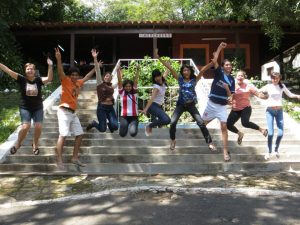
Project Team
Collaboration with a local neighborhood association in Paraguarí, a national network of open spaces, a Peace Corps Partnership Grant, and youth in the community: Nestor Robelli, Perla Arce, Joaquín Aguayo, Ives Fretes, Viviana Gonzalez, Rosi Pesoa, Liz Bernal, Jazmín Franco; with project support from Vicky Foster, Amy Henschen, Stephanie Lenz, Elisa Echague, Giancarlo Camperi, and other Peace Corps volunteers.
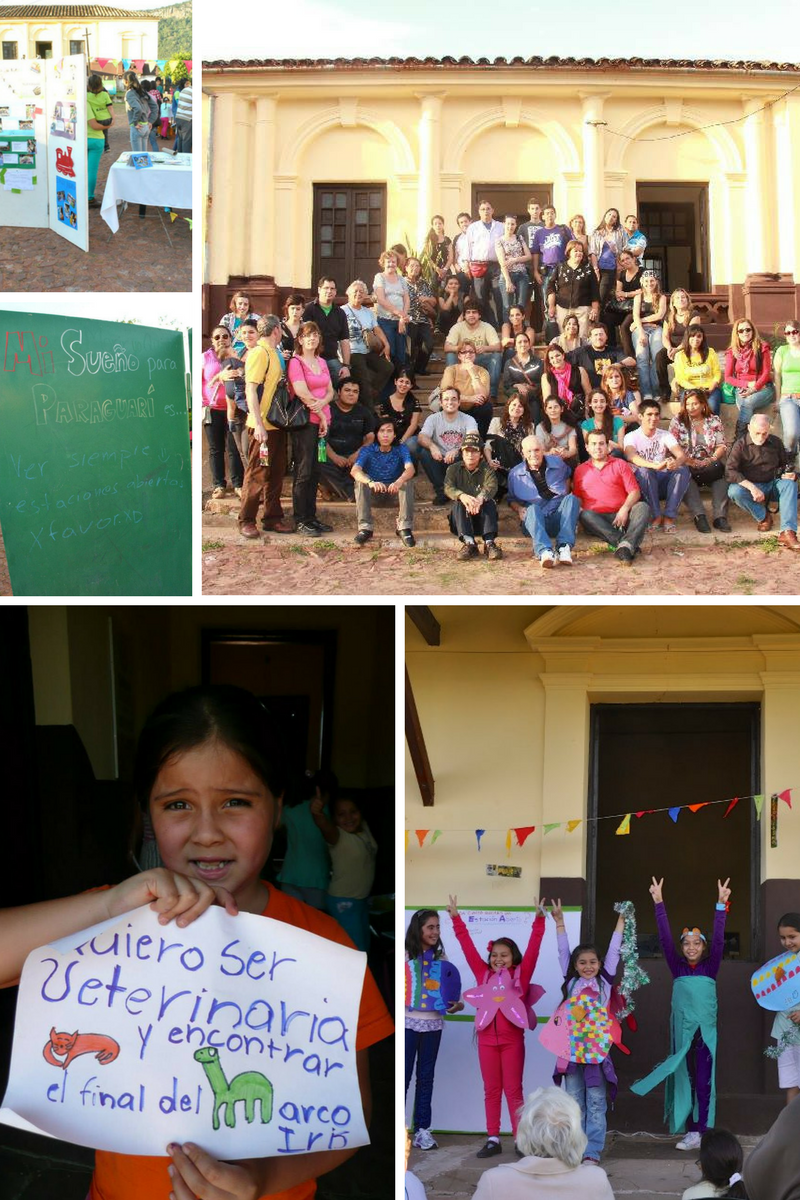
Approach
The train station’s neighborhood commission requested help re-opening their train station as a cultural center, so I worked with members to design a recruitment campaign, training, and work plan for young people in the town to become cultural facilitators and tour guides at the train station. I also applied for grant funding to provide stipends for the youth.
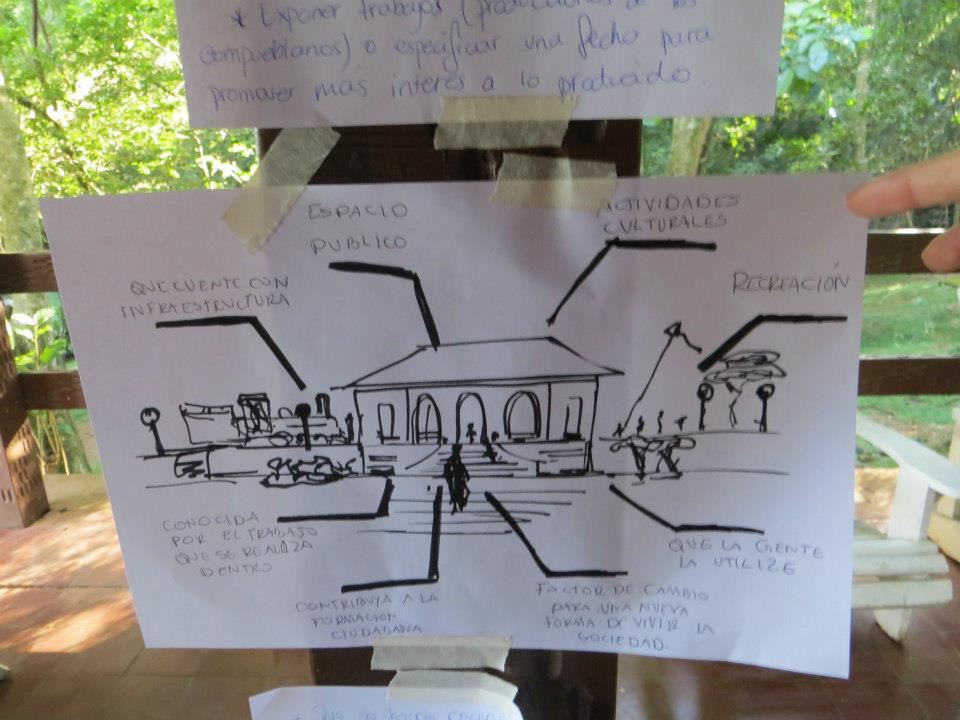
During our training retreat, I listened into the wee hours of the morning as the newly selected youth team discussed strategies to develop citizens into change agents of Paraguayan society, utilizing public space as the meeting ground.
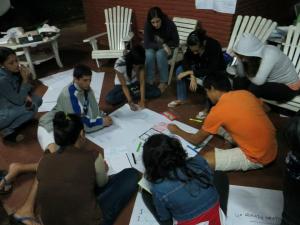
We used a co-design approach to determine what community services could be delivered at the train station, recognizing that we were making the road while walking. We connected with a Paraguayan organization that defended and promoted public spaces, who provided us with more training on best practices. The youth worked tirelessly to turn their vision into a reality–launching a theater group, a film class, a self-esteem focused club for young girls, collected donations to open a library, hosted monthly cultural festivals, and began to receive visitors from around Paraguay and neighboring countries.
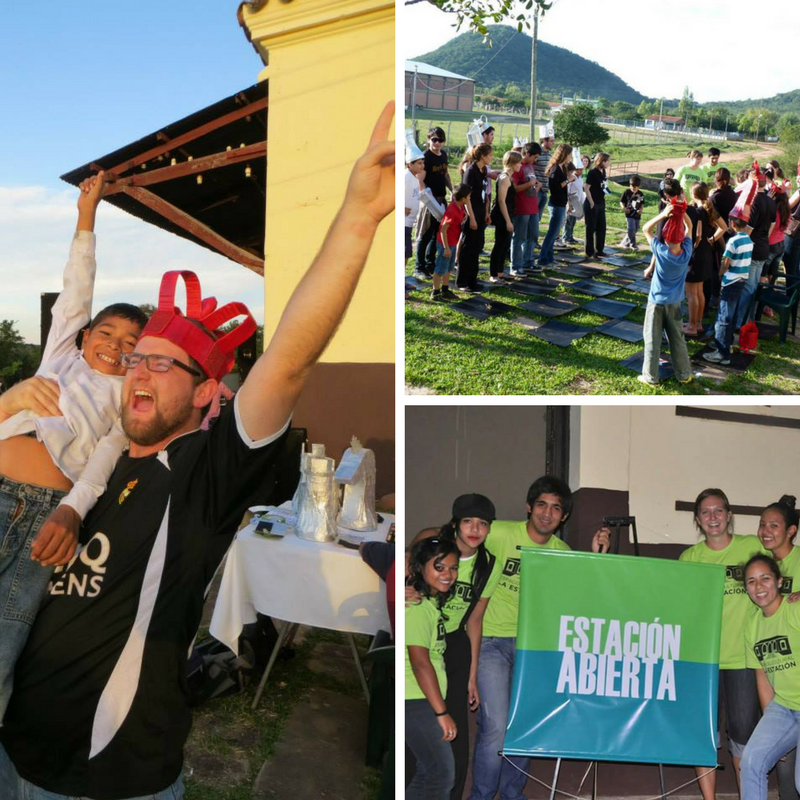
Outcomes
One member of the team designed costumes and the board for the first live chess game in all of Paraguay, which led to coverage in three national newspapers resulting in visitors from across the country and neighboring countries. The youth that were trained have continued to train in new leaders and run community events. One went on to get a job at another train station as a museum guide and others have opened hospitality businesses.
As hundreds of visitors came to our festivals and tours, community members and proud parents confessed they never doubted our train station, their choice of words proof that the community had reclaimed the space.